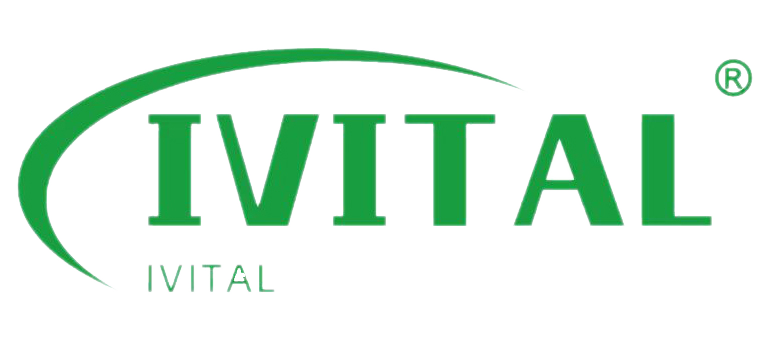What Are the Legal Implications of Exceeding the Safe Working Load?
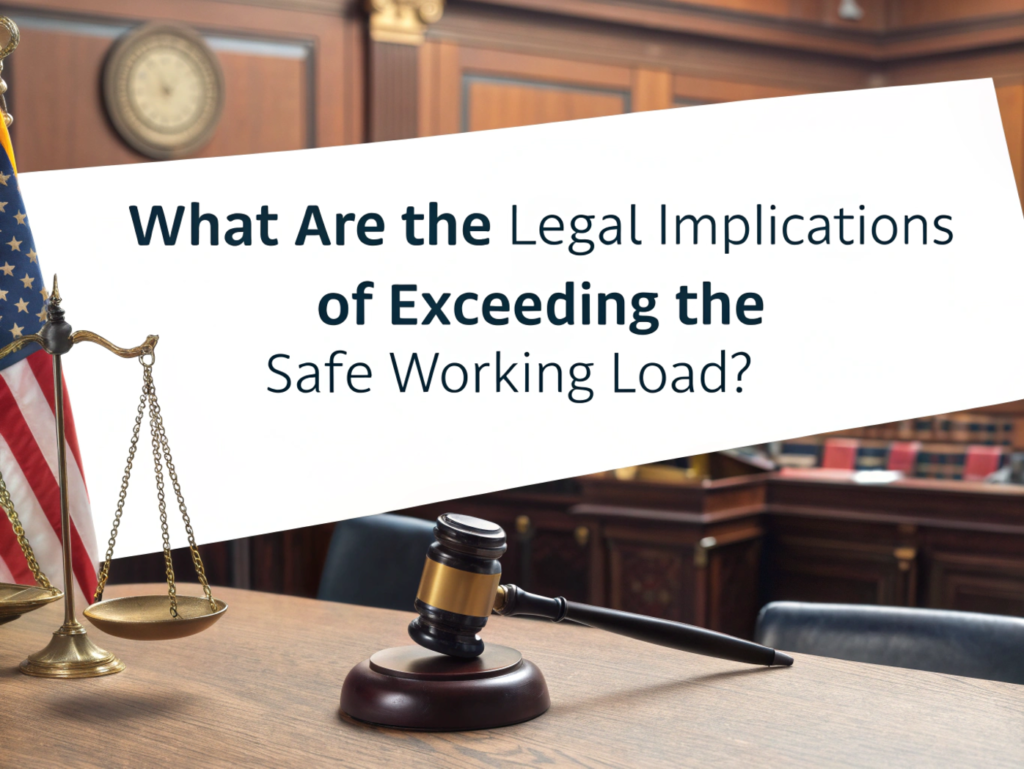
A single rigging mistake can cost more than equipment—legal action, fines, and even criminal charges are on the table. Exceeding the Safe Working Load (SWL) breaches safety regulations such as OSHA 1926 or LOLER 98, exposing companies to fines, civil liability, criminal prosecution, and operational shutdowns. I once worked with a firm that overloaded a […]
How Do Industry Standards Define Safe Working Load?

We all want our lifting gear to be strong—but what defines safe strength in the eyes of the law and international standards? Safe Working Load (SWL), now typically called Working Load Limit (WLL), is defined by industry standards as the maximum allowable load calculated by dividing the breaking load by a fixed safety factor. During […]
What’s the Difference Between Safe Working Load and Breaking Load?
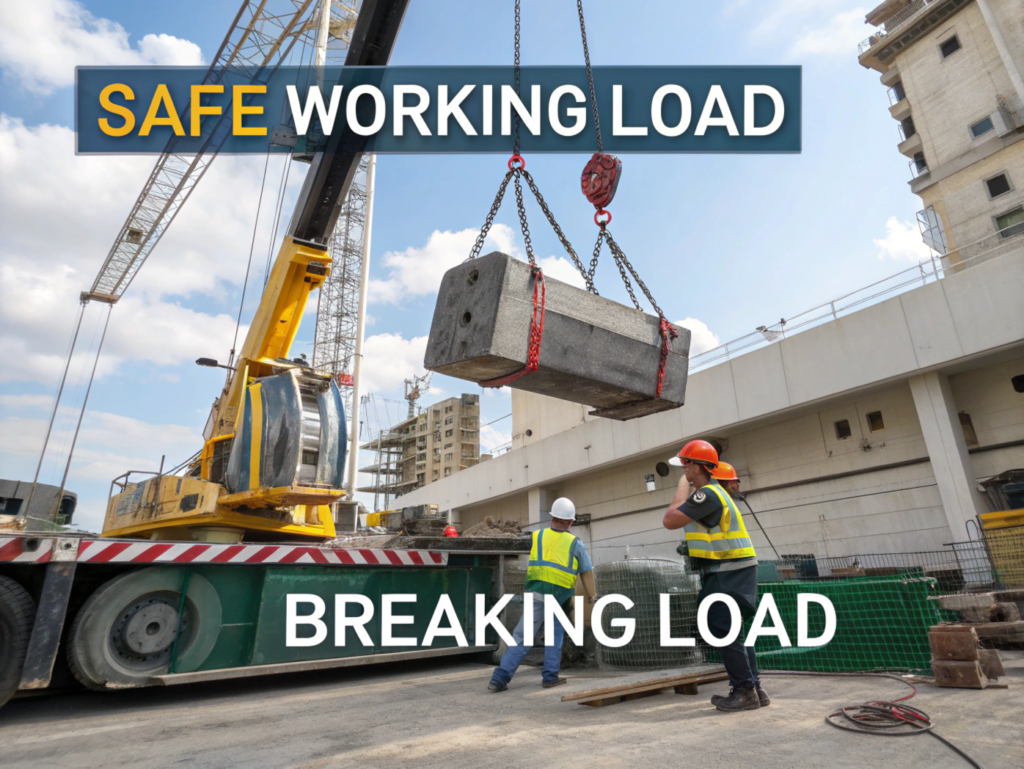
Lifting gear might look tough, but how much can it really handle before it fails—or before it’s unsafe to use? Breaking Load is the absolute maximum a lifting product can take before failure. Safe Working Load (or WLL) is the safe limit you should operate under—usually 3 to 5 times less. I learned this the […]
Can the Safe Working Load Be Increased Without Risk?
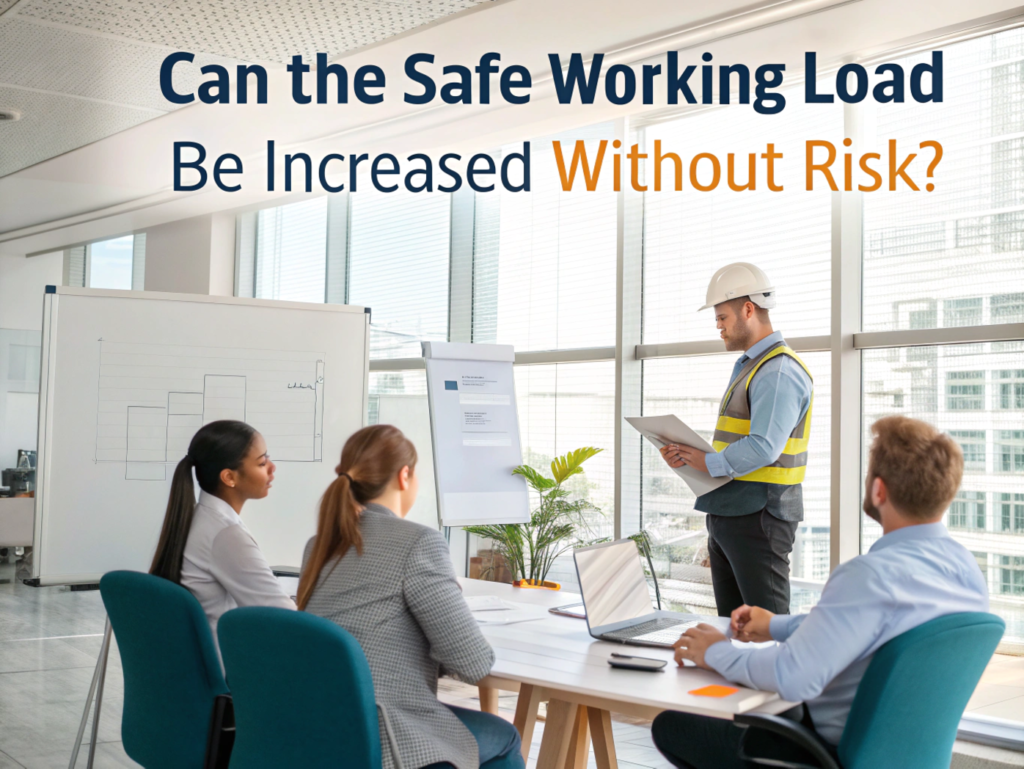
Some days on-site, we push equipment to the edge. When operations scale fast, lifting heavier loads seems like a shortcut. But is it safe? Yes, increasing the Safe Working Load (SWL) is possible—but only through engineered upgrades, certified adjustments, and strict safety validation. Exceeding rated capacity without approval is unsafe and non-compliant. I once saw […]
How to Identify the Safe Working Load Markings on Rigging Products?
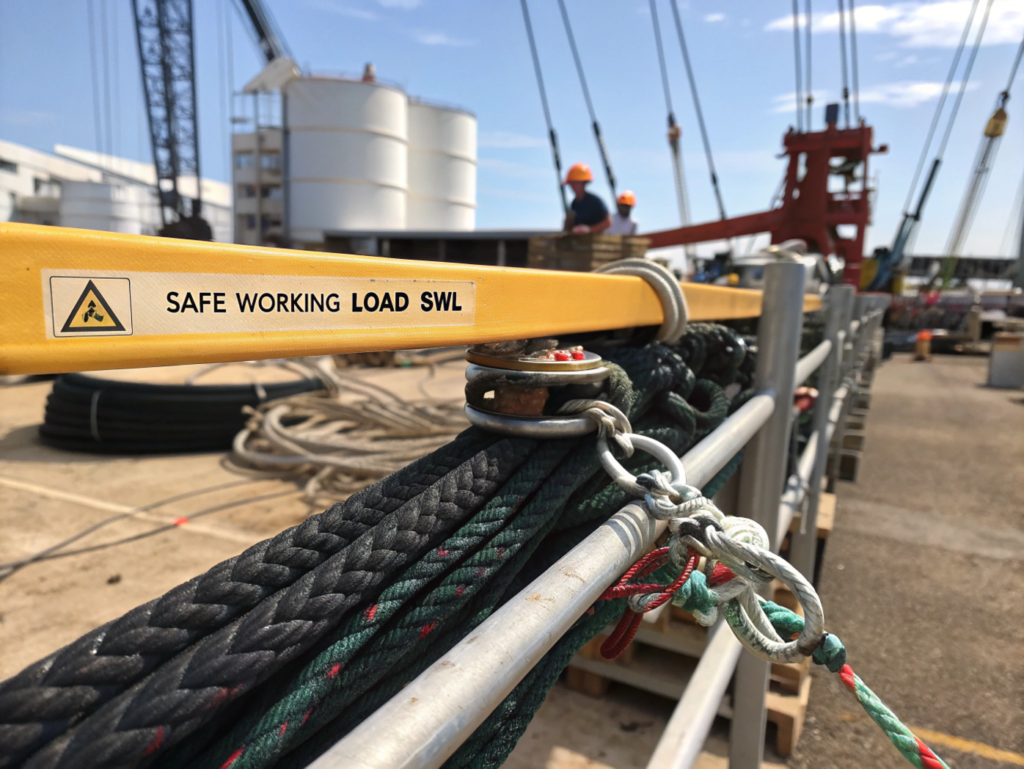
If I can’t see the tag, I don’t use the gear—simple as that. Safe Working Load (SWL) markings are engraved, stamped, or tagged onto rigging products to clearly show their rated capacity and compliance with safety standards. One time, a missing label on a shackle nearly delayed a warehouse loadout—we replaced it, but it taught […]
What Factors Affect the Safe Working Load of Lifting Equipment?
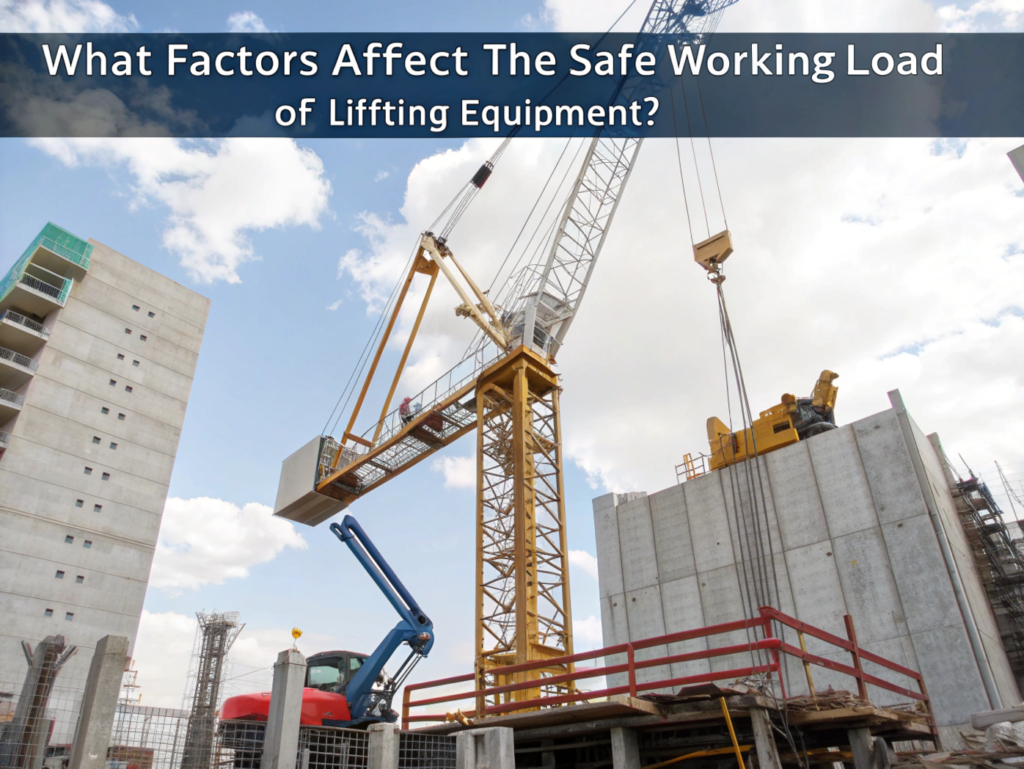
I never approve equipment without checking the load rating—and what’s behind it. The Safe Working Load (SWL) depends on material strength, equipment design, usage method, and environmental conditions. Each factor directly influences how much weight your lifting gear can handle. I once rejected a crane hook because a slight deformation changed its load capacity—and that […]
Why Ignoring Safe Working Load Can Be a Costly Mistake in Construction?
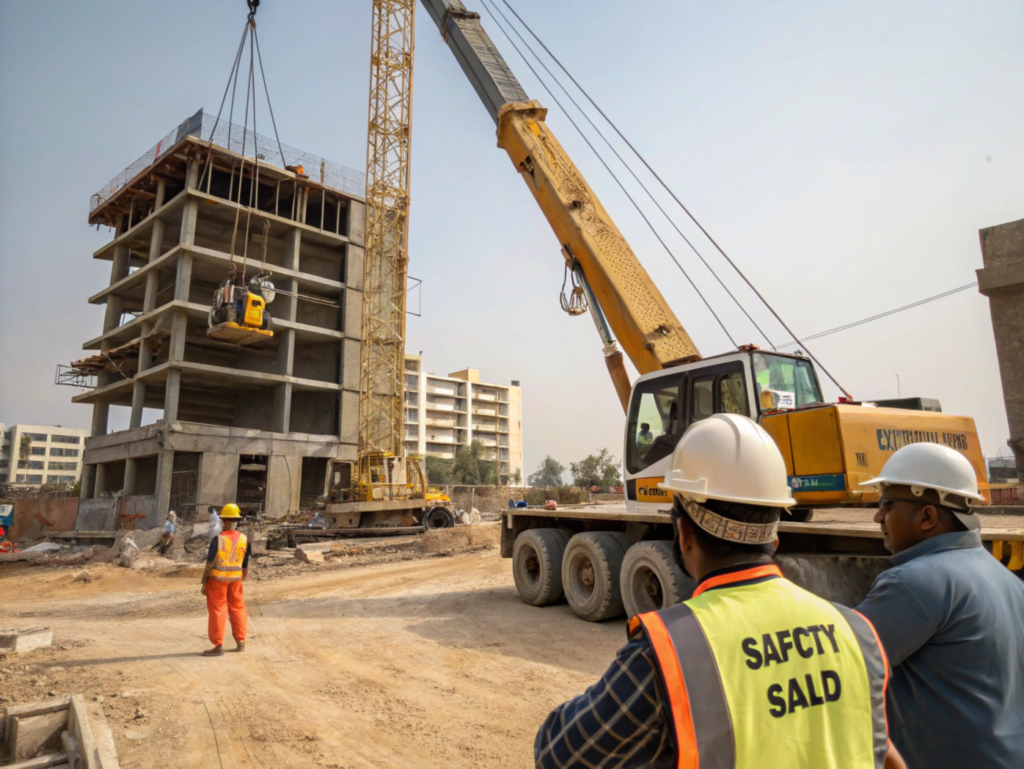
I’ve seen overloaded lifting gear turn a good day into a safety incident in seconds. Ignoring Safe Working Load (SWL) can result in dropped loads, damaged equipment, serious injuries, and legal liabilities on construction sites. One project I worked on was delayed by three days just because someone used a sling with no verified SWL. […]
How Do You Calculate the Safe Working Load for Chains and Ropes?
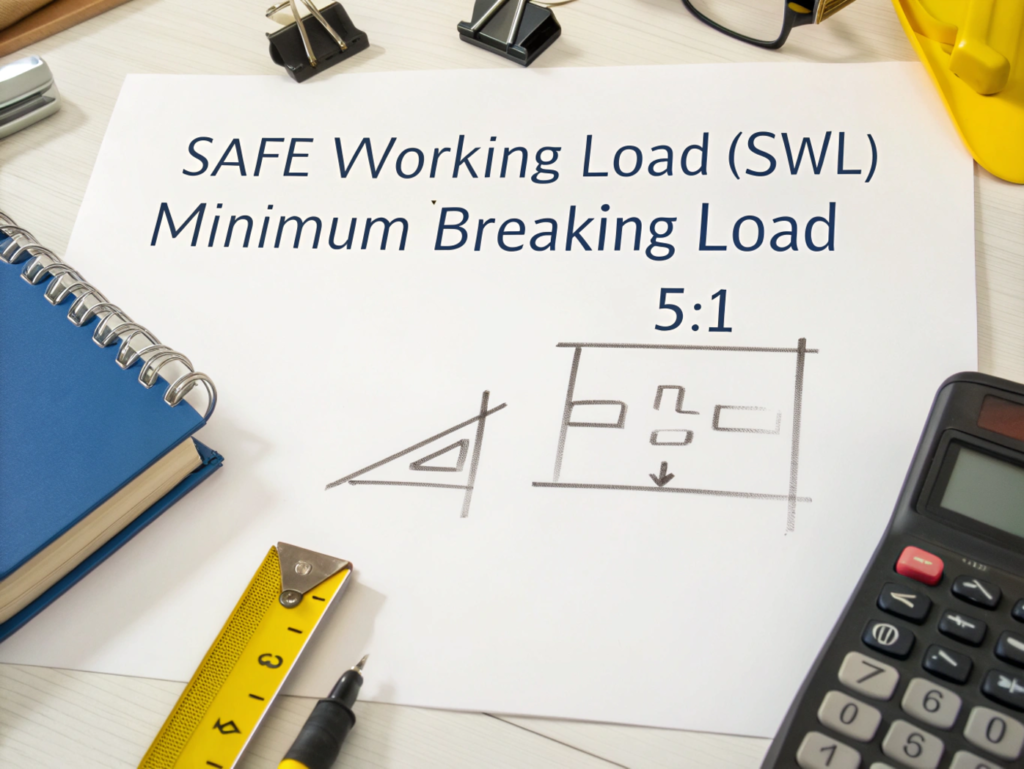
Every time I design a lift plan or review on-site rigging, I start with one number: SWL. The Safe Working Load (SWL) is calculated by dividing the Minimum Breaking Load (MBL) by a safety factor, usually 5:1 for standard applications. On a recent job site, using a mismatched chain almost caused a serious delay—we fixed […]
Before I order any lifting gear, I ask one question: what’s the SWL?
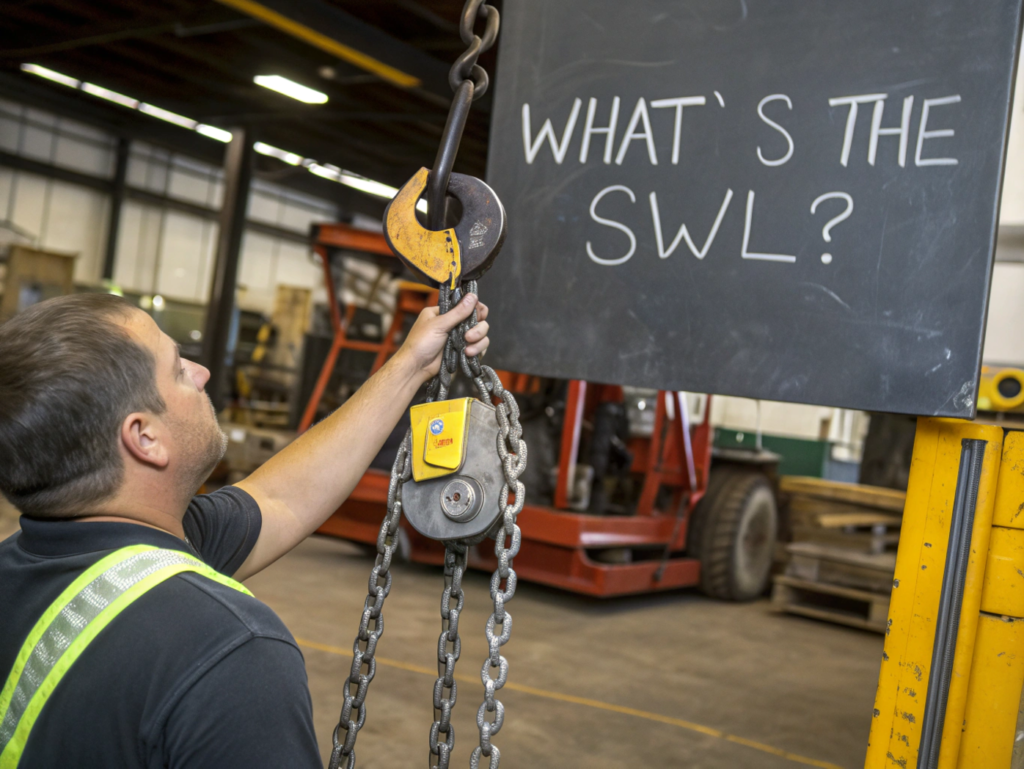
Before I order any lifting gear, I ask one question: what’s the SWL? Safe Working Load (SWL) is the maximum weight that rigging or lifting equipment can safely support under normal use. I almost had a project shutdown once for overlooking SWL. Good thing I double-checked the specs. [Table of contents] What’s the difference between […]
What Is Single Phase and Is It Suitable for Electric Chain Hoists in Industrial Use?
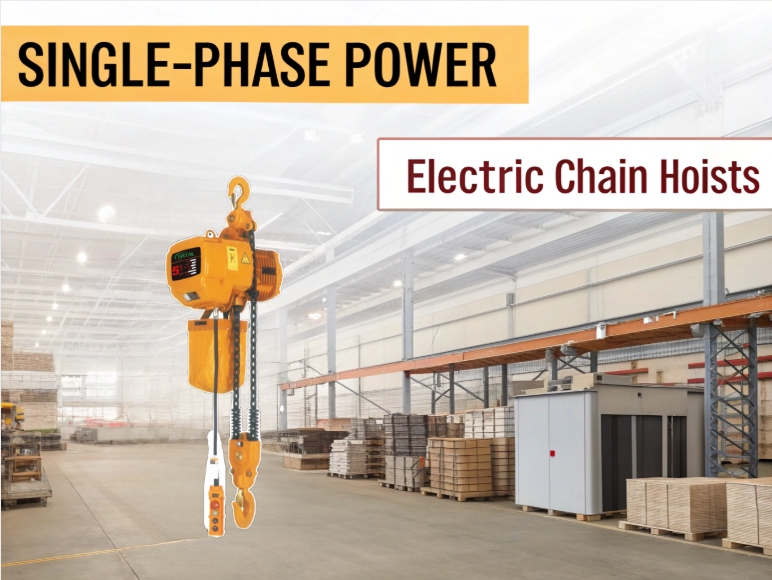
Single-phase power looks simple and affordable, but is it really good enough for industrial chain hoists? Single-phase power is suitable for light to medium-duty electric chain hoists, especially in small workshops or industrial setups with limited access to three-phase electricity. I remember struggling with this exact question during a setup for a client’s workshop. Choosing […]
